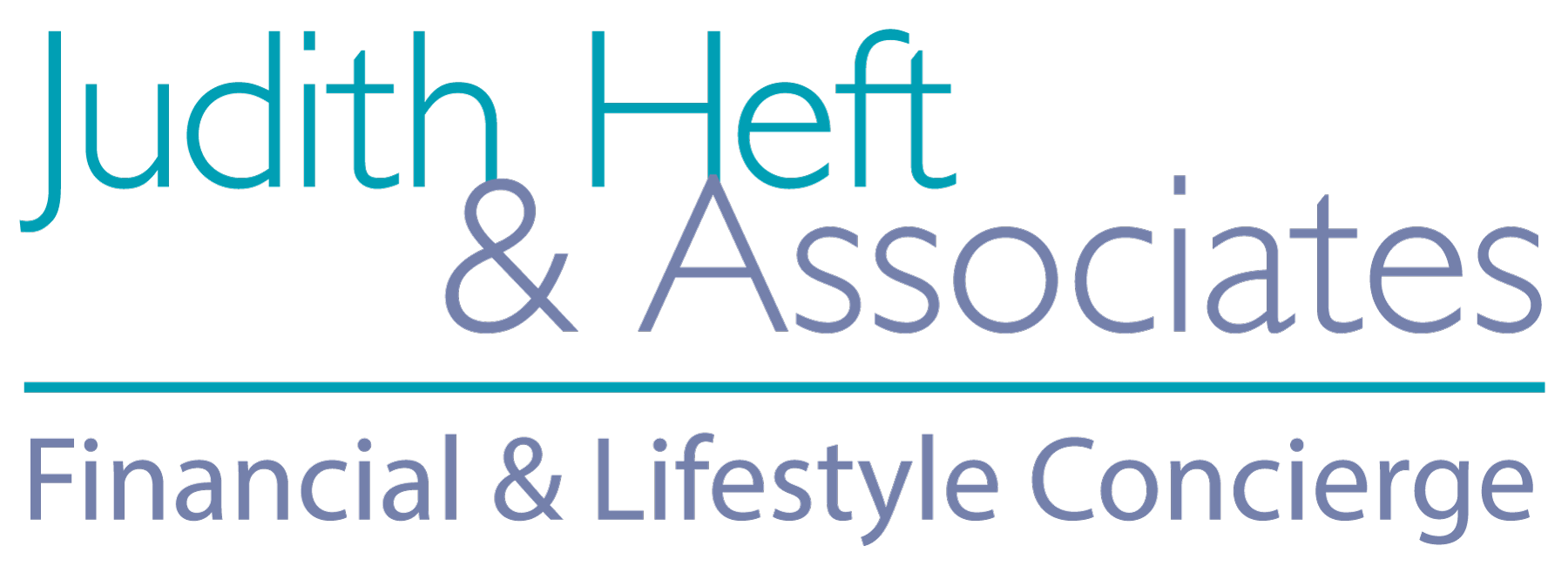Whether or not you’re a W2 employer or an entrepreneur, the best thing to do is to pay yourself first. You’ve probably heard that phrase before, but what does it mean in real life?
The “pay yourself first” method is very flexible, applying to salaried earners and small business owners alike. The saving or investment vehicles you choose can take myriad forms depending on your personal goals. Paying yourself first can also refer to earmarking a certain percentage of your direct deposit for retirement accounts such as an IRA — or a simple transfer from checking to savings on every payday. The point is to remove the temptation of not making that contribution.
Central to paying yourself first is having a robust and capable emergency fund. Without an emergency fund, most people would be forced into using more of their paycheck for emergencies when they happen, like a broken car or storm damage. When someone is forced to do this, they’ll likely have to pause paying themselves first.
The other side to the “coin” of paying yourself first is knowing your monthly spend. If you use plastic to pay for most of your things, this can be as simple as going up and down your monthly statement. Accounting services like Quicken or Mint can help you dig deeper into your spending habits by allowing you to categorize each charge, potentially illuminating trends in your spending habits that you didn’t know about.
Once you know your spending habits, it’s possible to make a realistic spending plan that keeps you happy and comfortable — while also making you more secure in the near- and long-term.
Eventually you will figure it all out, if only because you’ve completely wrapped your mind around the situation. Meanwhile, there is promising, morale-boosting value to start paying yourself ASAP, even if it’s a very small contribution of $10 a month. It’s an easy win for a person who is engaged in radical self-care.
Contact us to learn more!


Recent Comments